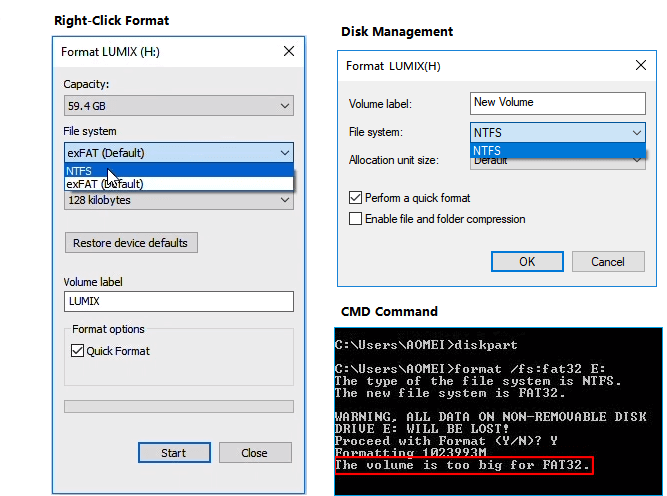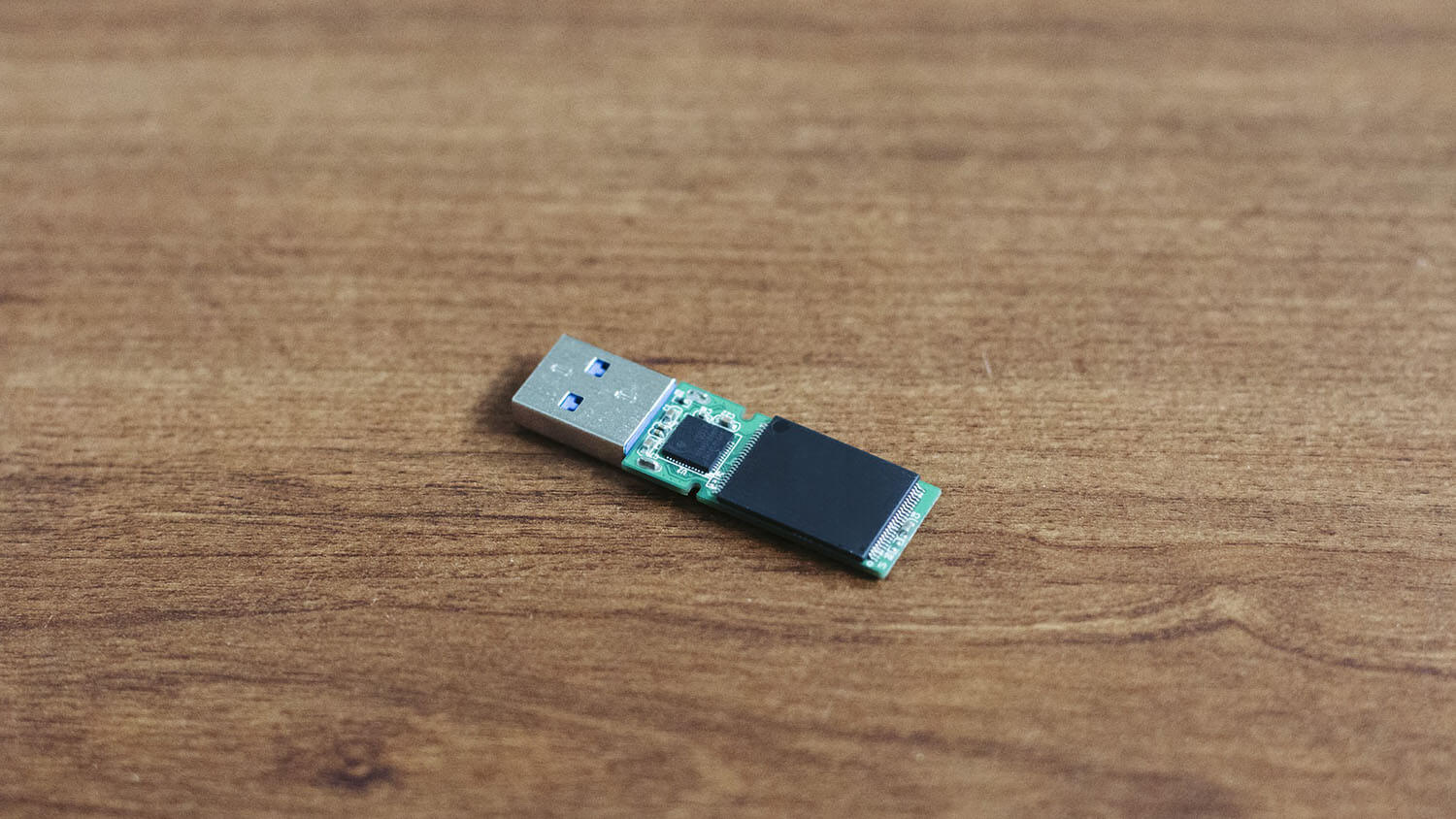
Once you complete the steps, the USB flash drive will erase and format to store files again.

This process could take a long time, depending on the capacity. If you clear the option, the tool will perform a full format, scanning for bad and writing zeros in all sectors to delete all the data.
Quick note: The "Quick format" option only deletes the file system table and the root folder, but the data may still be recoverable. Under the "Format options" section, select the Quick format option.  In the "Volume label" field, confirm a drive name that will appear on File Explorer. Use the default selection in the "Allocation unit size" drop-down menu. If you use the flash drive on Linux, "FAT32" is your best option. If you want to make the storage usable on other systems, such as macOS, use the "exFAT" option.
In the "Volume label" field, confirm a drive name that will appear on File Explorer. Use the default selection in the "Allocation unit size" drop-down menu. If you use the flash drive on Linux, "FAT32" is your best option. If you want to make the storage usable on other systems, such as macOS, use the "exFAT" option. 
Quick tip: The NTFS option has been designed for Windows.







 0 kommentar(er)
0 kommentar(er)
